Lily Pocket Purse: Interfacing and Batting
Lazies, Let’s talk interfacing. Our newest Lazy Girl needs soft support in order to keep her beautiful pleats looking their best. I recommend a light weight fusible to show Lily at her best. Since the front cover and front lining each have pleats, they are both supported with interfacing. Supply info later in the post.
Lily Pocket Purse made by Carolyn Griffin.
Fabric is Metro by Michele D’Amore for Marcus Fabrics.
Interfacing
I absolutely adore Pellon’s Stacy Shape Flex woven cotton fusible interfacing. Love it. It is easy to work with, fuses quickly and offers nearly invisible and lightweight support while still offering substance.
Pellon’s Stacy Shape Flex, item #SF101, comes in a 20″ width (selvage to selvage) instead of the more popular 45″ width of other products. What that means to me is that it is easy to manage in my workspace.
For Lily, interfacing is fused to the fabric before cutting her shapely pieces. Each of the two main pieces is less than 10″ tall. If you cut the Shape flex right down the middle, you’ll get two 10″ strips which are large enough for Lily’s pieces. Nice!
Batting
I tried batting on the front lining and it immediately reminded me of the horseshoe crabs I remember washing up on the beaches of Sanibel Island during childhood vacations. Ewwww. Trust me, the batting was too much support for our delicate Lily. I still have this crab image in my head and, well, you probably do, too. Sorry about that.
Horseshoe crab, image by Dan Collins
I highly recommend fusible batting for this project. If you haven’t tried a fusible batting or fleece, consider giving it a go on this project.
The biggest issue I hear about fusible batting, also called fusible fleece, is that it wrinkles or puckers the fabric. Yes, I’ve encountered that myself in the past a few times. Here is my theory on that. You don’t have to fuse it to within an inch of its life. I think the longer you press with your iron, the more chance there is of shrinkage – either the fabric or the fusible. However, you can fuse for a short period of time and it will adhere to your fabric. Think of a short fuse time as ‘basting’ and a long fuse time as cemented in place.
Click image above to enlarge.
Lily is a small project, the pieces of batting are tiny, they don’t have anywhere to go once they are sewn into place. What I’m saying is, you can’t go too wrong here. A light fusing works.
The batting is on the inside of Lily, where it will be seen less – that makes this a great time to experiment with a fusible batting. If you choose to use a non-fusible batting, you can always stitch close to the edge to hold the fabric and batting together. Or use a spray adhesive to hold the layers together during construction.
Enjoy!
Joan
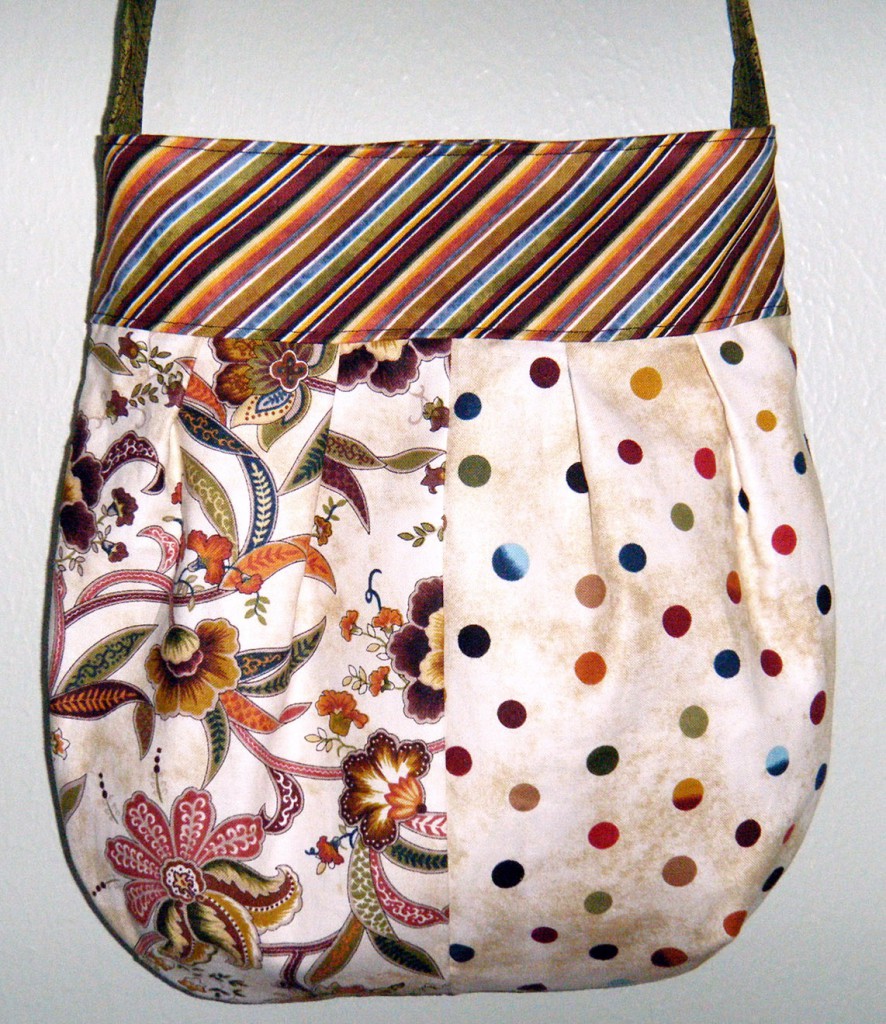
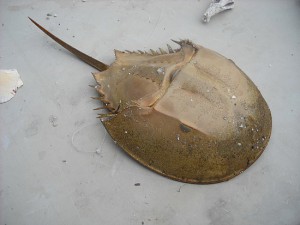
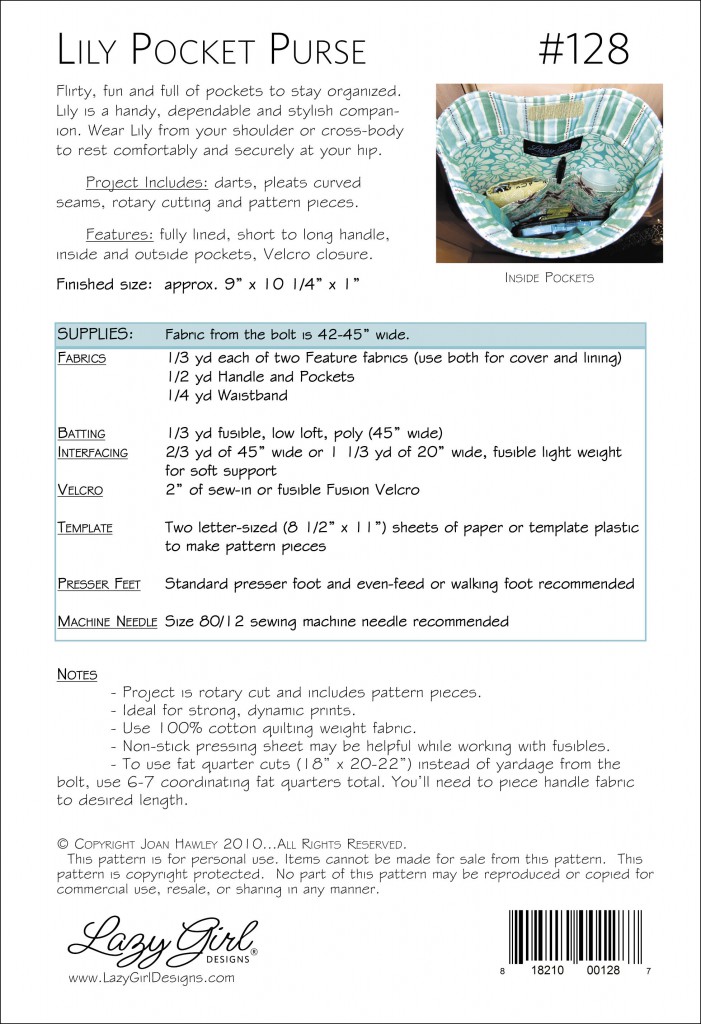
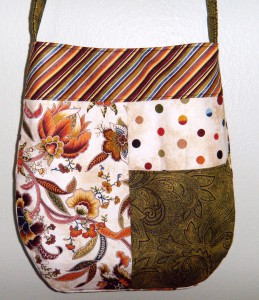
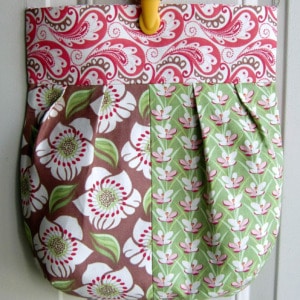
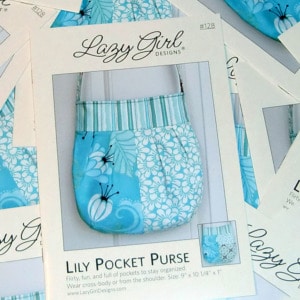
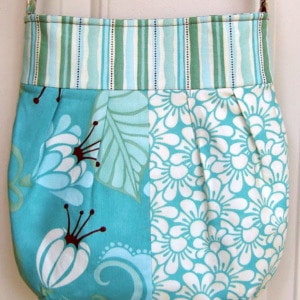
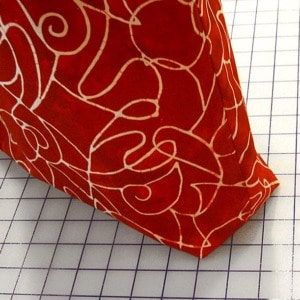
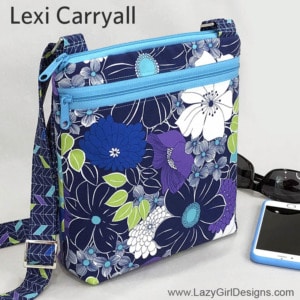
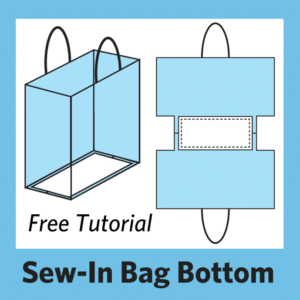
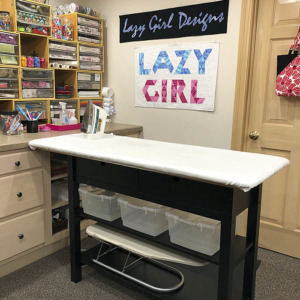
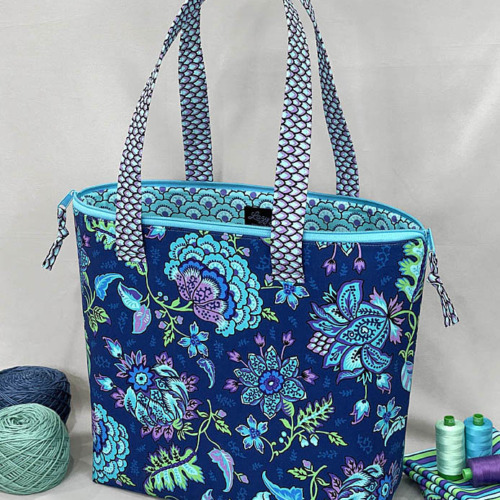
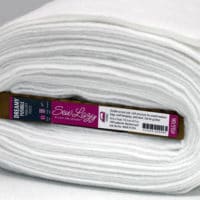
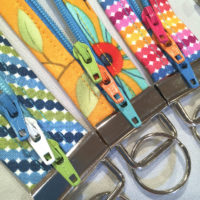
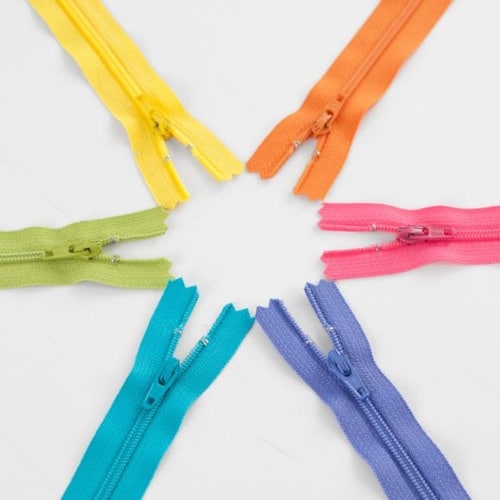
I just love fusible batting great for all kinds of goodies!
Penny in Chesapeake
What a nice fabric selection! Thanks for the tips, very lovely!
I love fusible batting. and I just used the SF101 in another purse and it is great.
Sharon P in MI
i love the fabric, it gives the bag a classic look.
I m really exited about making this purse. Thanks for the fusible batting tips.
Ooooooooh, can’t wait to make this pretty (and very useful) as well as just my size purse. VBG Am going shopping this weekend for her fabrics and IF. Yippee!
Thanks for the great IF tips. Very helpful.
sewing with a smile…
Bonjour,I hope you understand what I writing, my english is very far away, I just wanted to tell you that I love your blog along with your creations. I subscribed to your newsletter, I can see what you do and appreciate what you do. Bravo.
Mima
what gorgeous fabrics! Almost makes me forget the picture of the horseshoe crab, lol!
Thank you for the info on the fusible fleece! I’ve gotten puckers at times and didn’t really know why.
I just bought 7 metres of fusible fleece at Wal-Mart at half price, they are, sadly, closing their fabric department, however I am now armed and ready to make Lily!! 🙂
Sheila
Hi Joan,
Kudos to you once again for coming up with yet another brilliant and fabulous creation! The shape and especially the pleats, gives it a fun and edgy look. I’ve got my order in and can’t wait to receive it next mid-month. I LOVE, LOVE, LOVE the fabrics you’ve chosen for the ones pictured above, so I hope I can do mine justice when selecting my fabrics. And, by the way, fusible batting is all I use when making my bags. For me, it’s the only way to go. Thanks for Lily. Can’t wait to see what you come up with next.
Great purse.
I use fusible fleece on all Lazy Girl purses. I like it because it gives me the option of quilting or not, and it stays put without pins. I haven’t had problems with it; I learned after years of sewing that following the instructions for fusibles is essential. Happy sewing!
i really like this
I just love fusible batting great for all kinds of goodies!
hi joan,
i m a beginner and know few things in this …have been seeing ur videos of bag making….could i get the proper instructions of how to make lily bag? that will be wonderful